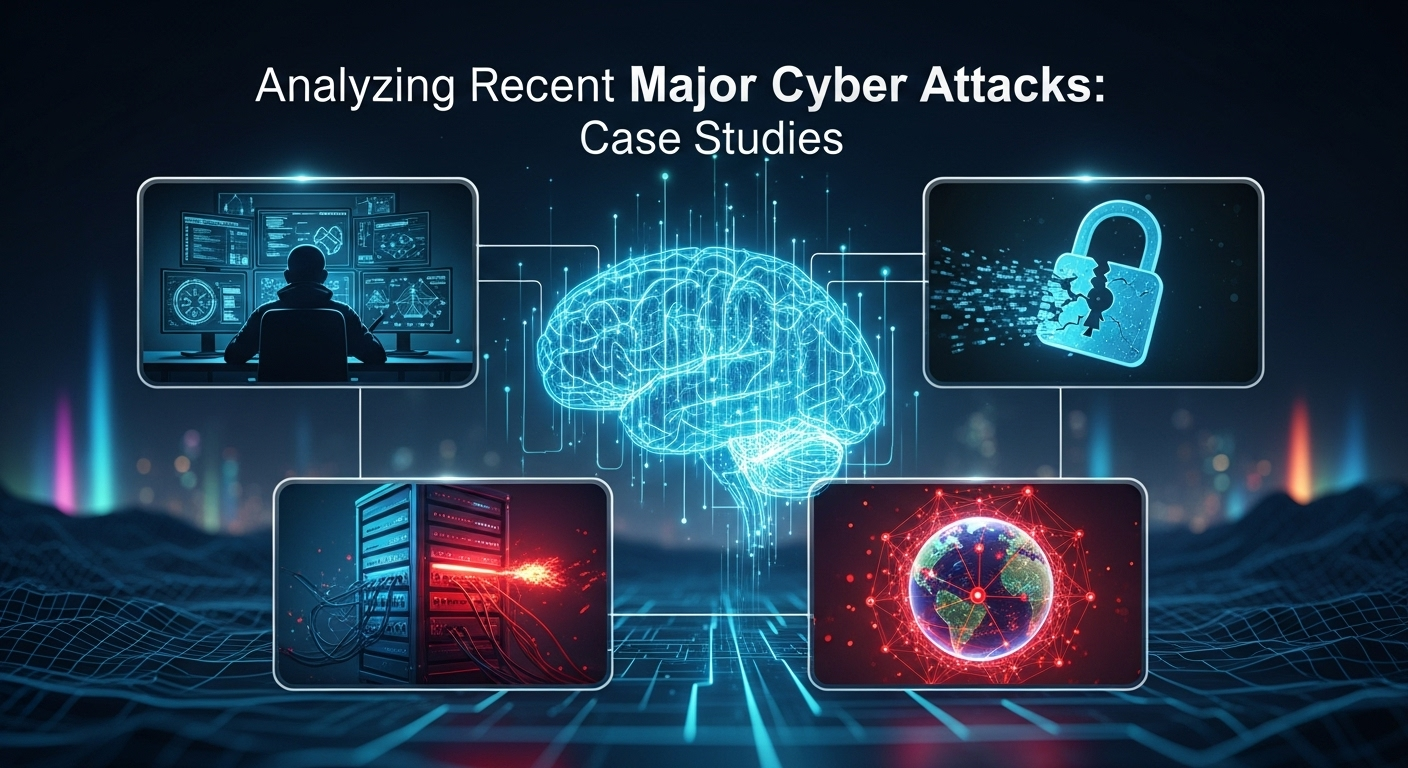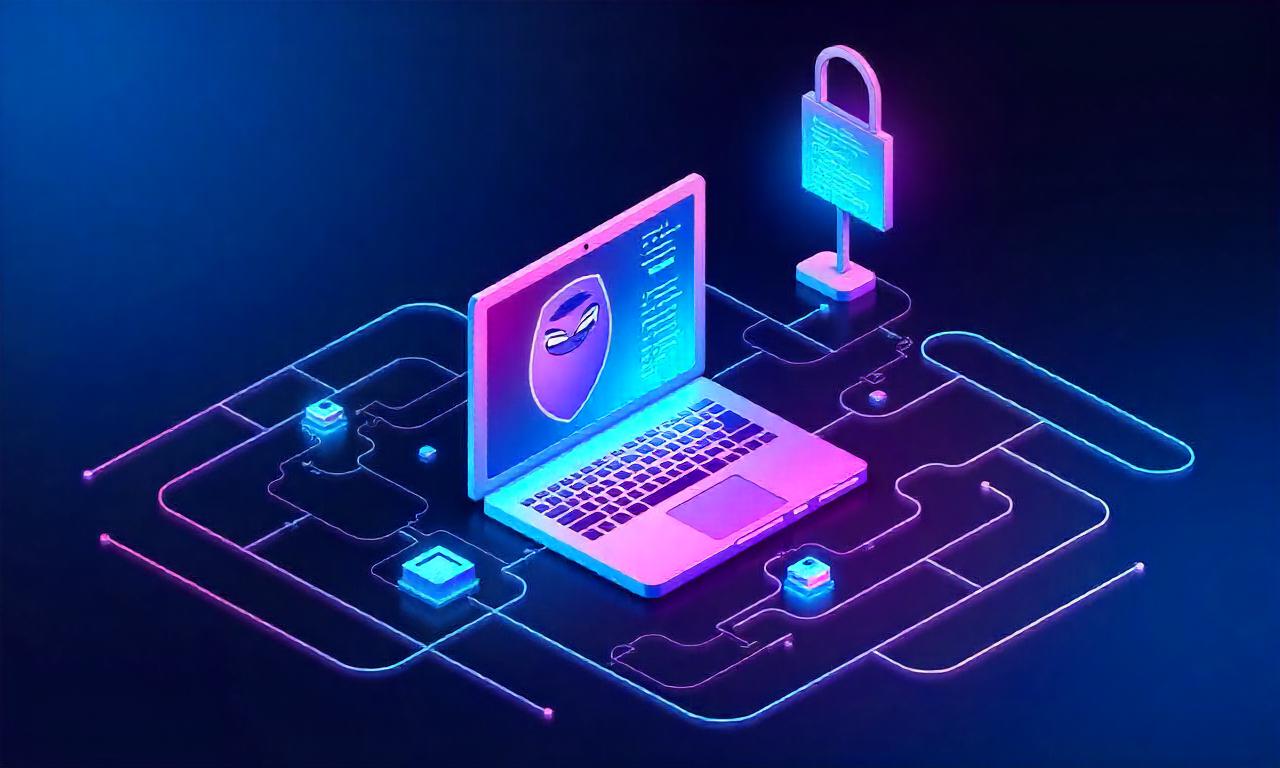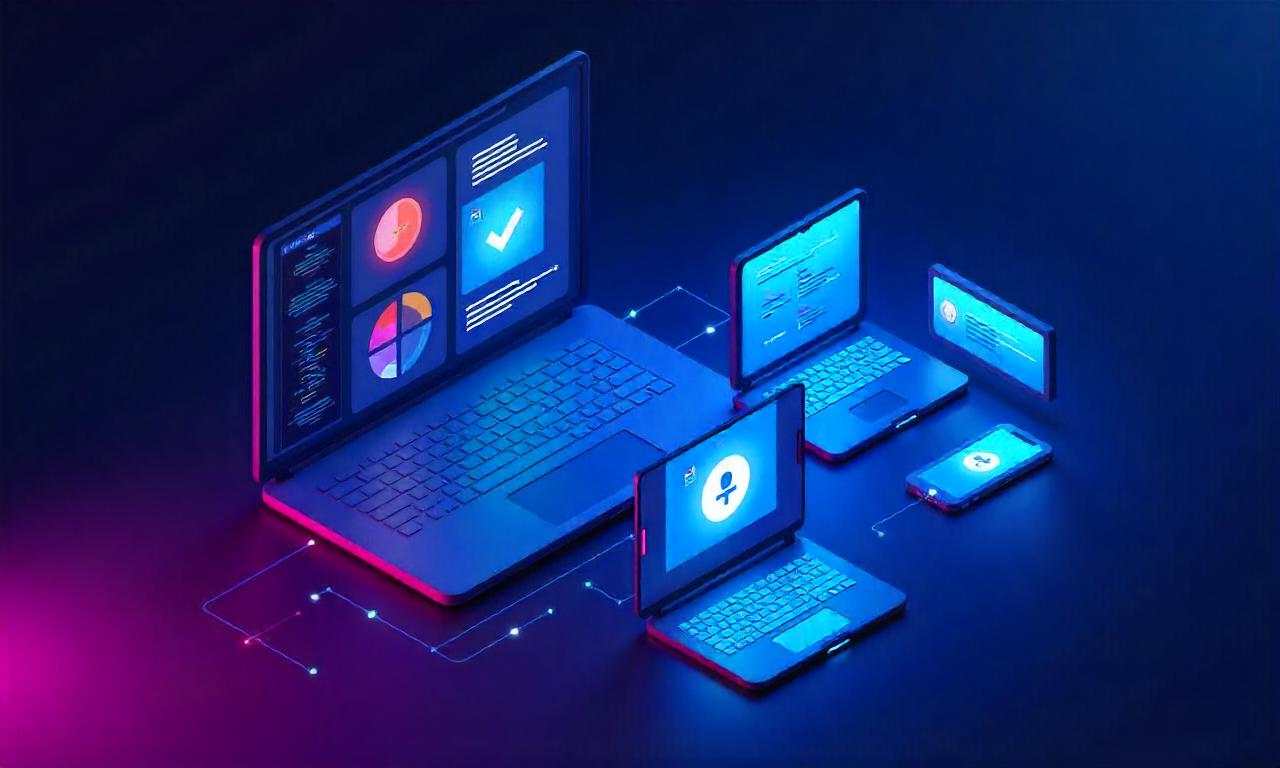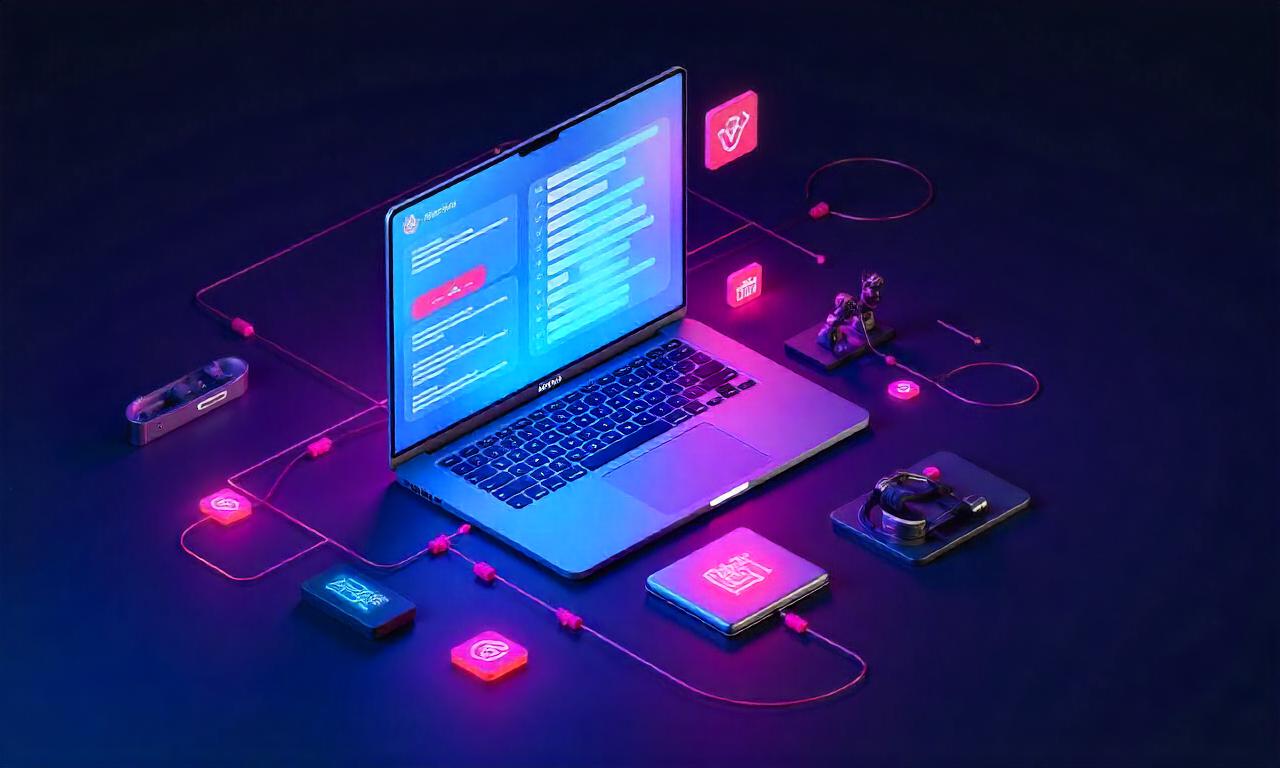In an age where digital infrastructure is the backbone of the global economy, the shadow of cybercrime looms larger than ever. The sophistication, scale, and audacity of threat actors have evolved dramatically, transforming digital vulnerabilities into real-world crises. Understanding the anatomy of these digital threats is no longer a niche concern for IT departments but a critical necessity for leaders, policymakers, and the public alike. Analyzing examples of recent major cyber attacks provides invaluable lessons, revealing patterns in attack vectors, the devastating consequences of a breach, and the urgent need for a more resilient and proactive security posture. These case studies serve as a stark reminder that in the digital realm, preparedness is the only true defense.
Table of Contents
ToggleThe New Era of Cyber Warfare: Nation-State Espionage and Supply Chain Attacks
In recent years, the cyber threat landscape has shifted from isolated incidents to highly coordinated, far-reaching campaigns, often sponsored or conducted by nation-state actors. The primary goal has expanded beyond simple financial gain to include espionage, intellectual property theft, and geopolitical destabilization. The most insidious of these strategies is the supply chain attack, where attackers compromise a trusted third-party vendor to gain access to a multitude of downstream targets. This method is exceptionally effective because it bypasses the direct defenses of the ultimate target, exploiting the inherent trust in the software and services businesses rely on daily.
These attacks are characterized by their stealth, patience, and complexity. Attackers may lie dormant within a network for months, meticulously mapping systems and escalating privileges before executing their final objective. This long-term approach, known as an Advanced Persistent Threat (APT), is a hallmark of state-sponsored groups who have the resources and motivation to conduct sustained campaigns. The impact of a successful supply chain attack can be catastrophic, affecting thousands of organizations simultaneously and undermining the integrity of the entire digital ecosystem.
The response to such incidents is equally complex, involving international diplomacy, technical forensics, and a massive, coordinated effort to patch and remediate affected systems. These attacks have served as a global wake-up call, forcing organizations and governments to fundamentally rethink their approach to security. The focus has shifted from perimeter defense to assuming a breach is inevitable, leading to the rise of concepts like Zero Trust architecture and the critical importance of vendor risk management.
The SolarWinds Attack (SUNBURST): A Supply Chain Nightmare
The SolarWinds attack, discovered in late 2020, is arguably the most significant supply chain attack in history. It was a masterclass in espionage executed with military precision. The attackers, widely attributed to a Russian state-sponsored group known as "Cozy Bear" or APT29, compromised the software build environment of SolarWinds, a prominent provider of IT management software. They ingeniously inserted a malicious backdoor into a legitimate software update for the company's Orion Platform. This meant that when customers downloaded and installed the trusted update, they were unknowingly installing a powerful espionage tool.
This Trojanized update, containing the malware dubbed SUNBURST, was distributed to as many as 18,000 SolarWinds customers. Among the victims were numerous Fortune 500 companies and, most alarmingly, high-level U.S. government agencies, including the Departments of Treasury, Commerce, State, and Homeland Security. Once inside a network, the SUNBURST malware would lay dormant for weeks before "calling home" to a command-and-control server. From there, the attackers could selectively deploy a second stage of more advanced malware on high-value targets, allowing them to exfiltrate data, spy on internal communications, and gain deep, persistent access.
The Log4Shell Vulnerability: A Ticking Time Bomb
Unlike a targeted attack, Log4Shell was a vulnerability—a catastrophic flaw in a widely used piece of open-source software. Disclosed in December 2021, the vulnerability (officially CVE-2021-44228) existed in Apache Log4j, a Java-based logging utility used in countless applications and services, from enterprise software to online games like Minecraft. It was a remote code execution (RCE) vulnerability, meaning an attacker could trick an application into running any code they wanted simply by sending a malicious string of text that the application would then log.
The ubiquity of Log4j made this a digital pandemic. Security teams scrambled to identify and patch every single instance of the vulnerable library across their entire technology stack, a monumental task. Meanwhile, threat actors of all kinds—from opportunistic crypto-miners to sophisticated ransomware gangs and nation-state spies—began to exploit it en masse. The ease of exploitation, combined with the difficulty of detection and remediation, made Log4Shell one of the most severe cybersecurity crises of the modern era. It underscored the fragility of the software supply chain and our collective reliance on shared, open-source components.
Crippling Infrastructure: The Rise of Ransomware-as-a-Service (RaaS)
Ransomware has evolved from a nuisance to a national security threat. The business model behind it has matured into Ransomware-as-a-Service (RaaS), a dark-web-based franchise model where ransomware developers lease their malicious software to "affiliates." These affiliates then conduct attacks and share a percentage of the ransom profits with the developers. This has dramatically lowered the barrier to entry, allowing less-skilled cybercriminals to launch devastating attacks against well-defended targets.
The primary targets for these RaaS gangs are organizations that cannot afford downtime, such as hospitals, schools, and critical infrastructure providers. The attackers' tactics have also become more ruthless. It's no longer just about encrypting data; it's about double extortion. Before encrypting the files, attackers first exfiltrate large amounts of sensitive data. If the victim refuses to pay the ransom to decrypt their files, the attackers then threaten to publish the stolen data publicly, adding immense pressure and reputational damage to the financial and operational crisis.
This escalation has forced organizations and governments to take the threat far more seriously. Law enforcement agencies have increased their efforts to disrupt RaaS operations, targeting their infrastructure and financial networks. However, the decentralized and often anonymous nature of these groups, many of which operate from jurisdictions that turn a blind eye, makes them an incredibly difficult threat to eradicate completely.
The Colonial Pipeline Shutdown: A Wake-Up Call for Critical Infrastructure
In May 2021, the United States witnessed the real-world consequences of a cyber attack when the Colonial Pipeline, which supplies nearly half of the East Coast's fuel, was forced to shut down its entire operation. The culprit was the DarkSide ransomware group, a prominent RaaS affiliate. The attackers gained access to the company's IT network—not the operational technology (OT) network that directly controls the pipeline—reportedly through a single compromised password for a VPN account that lacked multi-factor authentication.
Fearful that the ransomware could spread from the IT network to the more sensitive OT network, Colonial Pipeline made the difficult decision to proactively shut down the pipeline. This led to widespread panic-buying, fuel shortages, and a surge in gas prices across the southeastern United States. The company ultimately paid a ransom of 75 Bitcoin (then valued at approximately $4.4 million) to receive a decryption key and restore its systems. While the FBI was later able to recover a portion of the ransom, the incident served as a stark demonstration of the vulnerability of national critical infrastructure to cybercrime and highlighted the often-blurry line between IT and OT security.
The Kaseya VSA Attack: Amplifying Ransomware's Reach
The Kaseya VSA attack in July 2021 was a hybrid of a supply chain attack and a ransomware campaign. The target was Kaseya, a company that provides IT management software to Managed Service Providers (MSPs). MSPs, in turn, use this software to manage the IT systems of their own clients, which are typically small and medium-sized businesses (SMBs). The REvil ransomware gang, another major RaaS operator, exploited a zero-day vulnerability in Kaseya’s on-premises VSA software.
By compromising the VSA server, REvil was able to push a malicious update that deployed ransomware to the endpoints of the MSPs' customers. This had a cascading effect, with a single breach at Kaseya leading to the simultaneous encryption of an estimated 800 to 1,500 downstream businesses worldwide. The attackers initially demanded a staggering $70 million ransom for a universal decryptor that would unlock all affected systems. The attack highlighted the immense leverage criminals gain by targeting MSPs and other "single point of failure" providers in the software supply chain.
Targeting the Healthcare and Public Sectors
While cyber attacks on corporations often result in financial and data loss, attacks on the public and healthcare sectors can have life-or-death consequences. These sectors are particularly attractive targets for ransomware gangs for several reasons. They hold highly sensitive data, often operate on legacy IT systems with limited security budgets, and the services they provide are so essential that any disruption creates immense pressure to pay a ransom quickly.
The impact of an attack on a hospital goes far beyond encrypted files. It can lead to the cancellation of critical appointments and surgeries, force doctors and nurses to revert to pen and paper, disable diagnostic equipment, and delay patient care. Similarly, an attack on a municipal government can halt essential public services, compromise citizen data, and grind the machinery of local administration to a halt for weeks or even months, with recovery costs often dwarfing the original ransom demand.
These incidents demonstrate that cybersecurity is not just a technical issue, but a public safety issue. They have spurred governments to increase funding and provide more direct support to help these vital sectors bolster their defenses. However, the challenge remains immense, as these organizations must balance a tight budget with the need to defend against some of the most sophisticated cyber adversaries in the world.
The Irish Health Service Executive (HSE) Attack: A Healthcare System Paralyzed
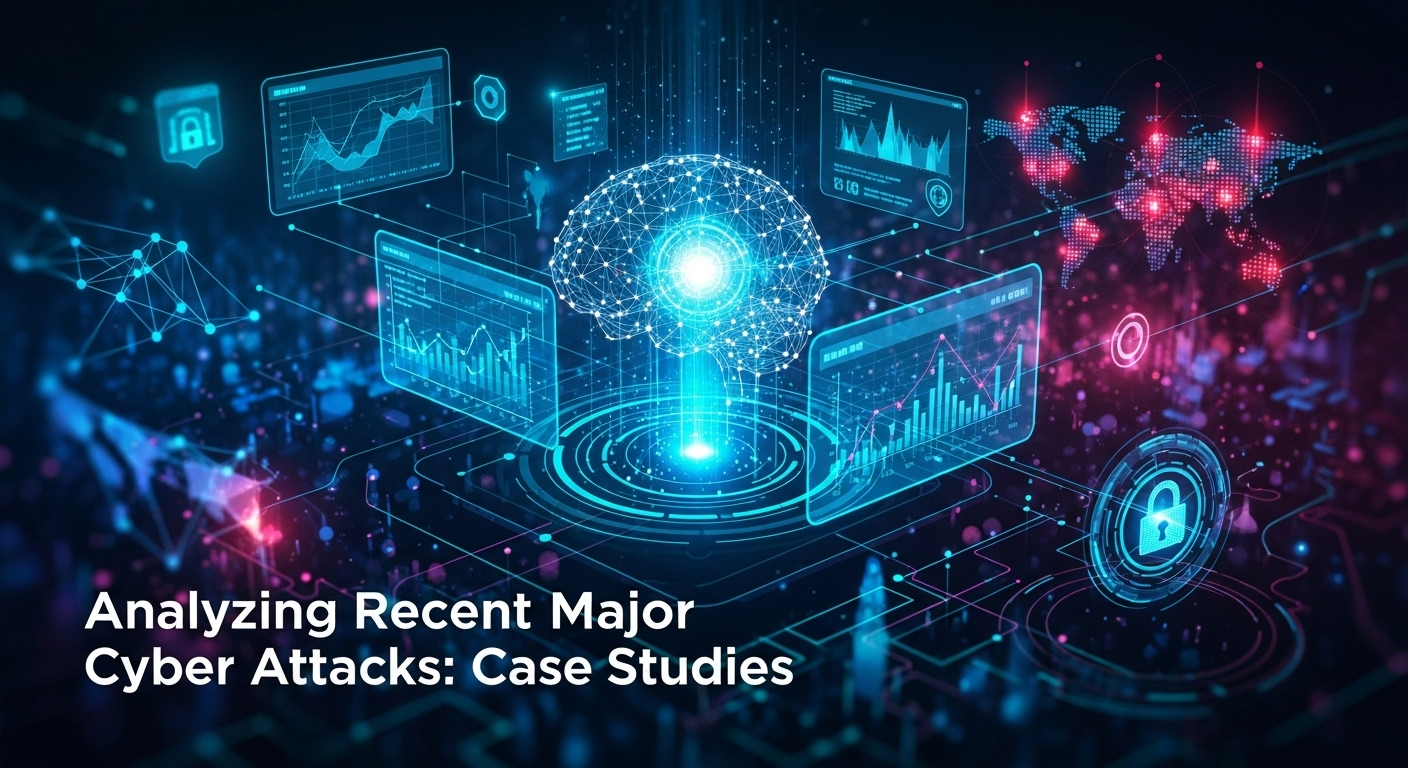
In May 2021, the Irish healthcare system suffered its most significant cyber attack ever when the Conti ransomware gang breached the network of the Health Service Executive (HSE). The attack was devastating, forcing the HSE to shut down all of its IT systems nationwide to contain the threat. This paralysed the country's public health service, leading to the cancellation of tens of thousands of appointments, including cancer treatments and diagnostic scans. Hospitals across the country were forced to rely on manual processes, creating chaos and significant risks to patient safety.
The Conti gang demanded a $20 million ransom. In a rare move, the Irish government publicly stated its firm refusal to pay. While the attackers eventually provided a decryption key for free—perhaps due to the immense public and political pressure—the damage was already done. The recovery process was slow and arduous, costing an estimated €100 million and taking many months to fully restore all systems. The attack was a brutal lesson in the human cost of ransomware and the catastrophic impact it can have when directed at a nation's critical health infrastructure.
The T-Mobile Data Breaches: A Chronicle of Recurring Vulnerabilities
T-Mobile has become a case study in the consequences of recurring security failures. The telecommunications giant has suffered a series of major data breaches over the past several years, with the largest occurring in August 2021. In that incident, a single 21-year-old attacker claimed to have stolen the personal data of over 50 million former, current, and prospective T-Mobile customers. The stolen data was extensive, including names, dates of birth, Social Security Numbers, and driver's license information—a treasure trove for identity thieves.
The attacker reportedly gained access through a misconfigured gateway GPRS support node and was able to pivot through the network, accessing over 100 servers. This breach was not an isolated event; it followed other significant breaches in 2018, 2019, and early 2021. This pattern of repeated compromise points to systemic issues within the company's cybersecurity posture and data governance. The incidents have resulted in massive class-action lawsuits, with T-Mobile agreeing to a $350 million settlement for the 2021 breach, alongside a commitment to invest an additional $150 million into its data security.
Comparative Analysis of Major Attacks
To better understand the landscape, it's helpful to compare these incidents side-by-side. The following table highlights the key characteristics of the major attacks discussed.
| Attack Name | Year | Type of Attack | Primary Target/Vector | Estimated Impact |
|---|---|---|---|---|
| SolarWinds SUNBURST | 2020 | Supply Chain, Espionage | SolarWinds Orion Platform | 18,000+ organizations, including US government agencies |
| Colonial Pipeline | 2021 | Ransomware (DarkSide) | Compromised VPN Password | 5,500-mile fuel pipeline shutdown, East Coast fuel shortages |
| Kaseya VSA | 2021 | Supply Chain, Ransomware (REvil) | Kaseya VSA Software | 1,500+ downstream businesses via their MSPs |
| Irish HSE | 2021 | Ransomware (Conti) | Healthcare Network | Nationwide shutdown of public health IT systems |
| Log4Shell | 2021 | Vulnerability Exploit | Apache Log4j library | Millions of applications and services globally |
| T-Mobile Breach | 2021 | Data Breach | Misconfigured Network Access | 50+ million customer records stolen |
Lessons Learned and Proactive Defense Strategies
Analyzing these catastrophic events is only useful if we extract actionable lessons to build a more secure future. The recurring themes across these attacks point to a clear set of priorities for any organization serious about cybersecurity. It is no longer sufficient to have a firewall and antivirus software; defense must be multi-layered, intelligent, and adaptable.
The principle of "assume breach" is paramount. This mindset shifts the security focus from solely preventing intrusion to also include rapid detection, containment, and response. Every alert must be investigated, and every user, device, and application must be treated as potentially untrustworthy until verified. A robust defense strategy is not a product you can buy, but a continuous process of risk assessment, technological implementation, and employee training.
Investing in cybersecurity is not a cost center; it is a fundamental business enabler. The cost of a major breach—in financial terms, reputational damage, and operational downtime—far outweighs the investment required for proactive defense. Organizations that prioritize security are better positioned to earn customer trust, maintain operational continuity, and thrive in an increasingly hostile digital environment.
Embracing a Zero Trust Architecture
The concept of a “trusted” internal network is obsolete. A Zero Trust security model is built on the principle of “never trust, always verify.” This means that no user or device is trusted by default, regardless of whether they are inside or outside the network perimeter. Access to resources is granted on a strict, least-privilege basis, continuously verified through strong authentication, and limited to only what is necessary for a specific task. This approach helps contain breaches, as an attacker who compromises one part of the network cannot easily move laterally to access other systems.
The Importance of Supply Chain Security and Vendor Vetting
The SolarWinds and Kaseya attacks proved that an organization is only as secure as its weakest link, and that link is often a third-party vendor. A comprehensive vendor risk management program is essential. This includes:
- Thoroughly vetting all software and service providers before integration.
Reviewing their security certifications and audit reports (SOC 2,ISO 27001*).
- Establishing clear security requirements in contractual agreements.
- Monitoring the software supply chain for vulnerabilities, for example, by using a Software Bill of Materials (SBOM).
Developing a Robust Incident Response Plan
It’s not a matter of if an attack will happen, but when. A well-documented and regularly tested Incident Response (IR) plan is crucial for managing a crisis effectively. This plan should clearly define roles and responsibilities, communication protocols (both internal and external), and the technical steps for containment, eradication, and recovery. Having backups that are offline and immutable is a critical component of any IR plan, as it provides a path to recovery without paying a ransom. Tabletop exercises and simulations can help ensure that the team is prepared to execute the plan under pressure.
Frequently Asked Questions (FAQ)
Q: What is the most common type of cyber attack today?
A: While the major attacks discussed here are complex, the most common entry points for many cyber attacks, including ransomware, remain relatively simple. Phishing—where attackers use deceptive emails to trick users into revealing credentials or deploying malware—is still the number one infection vector. This is often followed by the exploitation of unpatched vulnerabilities and weak or stolen credentials.
Q: How do supply chain attacks work in simple terms?
A: Imagine you want to break into a high-security building. Instead of attacking the strong front door, you bribe one of the building's trusted delivery services (like the food or mail delivery). You hide your tools inside one of their packages. When the delivery person is let in without suspicion, your tools are now inside the building, bypassing all the main security. In a software supply chain attack, the "delivery service" is a trusted software vendor, and the "package" is their legitimate software update, which has been secretly corrupted with malware.
Q: What is the difference between a cyber attack and a data breach?
A: A cyber attack is the action or technique used by an adversary to gain unauthorized access to a computer, system, or network (e.g., deploying ransomware, a DDoS attack, or phishing). A data breach is the outcome of a successful cyber attack where sensitive, confidential, or protected information has been accessed, stolen, or used by an unauthorized individual. In short, a cyber attack is the cause, and a data breach is a potential effect. Not all cyber attacks result in a data breach.
Conclusion
The case studies of recent major cyber attacks paint a clear and sobering picture: the digital battlefield is evolving at a relentless pace. From the sophisticated espionage of the SolarWinds attack to the brute-force paralysis caused by the Colonial Pipeline and HSE ransomware incidents, threat actors have demonstrated their ability to inflict massive, tangible harm. These events are not abstract technical failures; they are seismic shocks that disrupt economies, endanger public safety, and erode trust in the digital institutions we rely on.
Moving forward, resilience must be our guiding principle. This requires a collective effort—from governments investing in critical infrastructure defense, to organizations adopting a Zero Trust, security-first culture, and individuals practicing good digital hygiene. The lessons from these attacks are harsh but invaluable. We must abandon outdated security models, rigorously vet our digital supply chains, and prepare not just to defend against attacks, but to respond and recover when they inevitably occur. In this new era, cybersecurity is not an option; it is the prerequisite for a functioning modern society.
***
Article Summary
This article, "Analyzing Recent Major Cyber Attacks: Case Studies," provides an in-depth analysis of significant cybersecurity incidents to highlight modern threat vectors and defense strategies. It opens by establishing the critical importance of understanding cyber threats in today's digital world. The core of the article is structured around detailed case studies of major attacks, categorized by type.
It first explores sophisticated nation-state and supply chain attacks, using the SolarWinds (SUNBURST) incident and the Log4Shell vulnerability as prime examples of how trust in software can be weaponized. The next section focuses on the crippling impact of Ransomware-as-a-Service (RaaS), dissecting the Colonial Pipeline shutdown and the Kaseya VSA attack to show how these campaigns disrupt critical infrastructure and amplify their reach through the supply chain. The article also examines attacks on vulnerable sectors like healthcare and public services, detailing the paralysis of the Irish Health Service Executive (HSE) and the recurring T-Mobile data breaches.
A comparative table provides a quick overview of these attacks. The piece then synthesizes key lessons learned, advocating for proactive defense strategies such as adopting a Zero Trust architecture, ensuring supply chain security, and having a robust Incident Response Plan. The article concludes with a comprehensive FAQ section and a powerful summary emphasizing that continuous vigilance and a security-first culture are essential for resilience against the evolving landscape of cyber threats.

